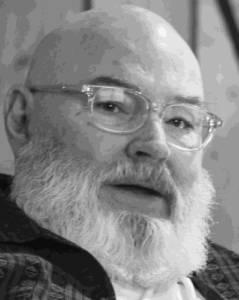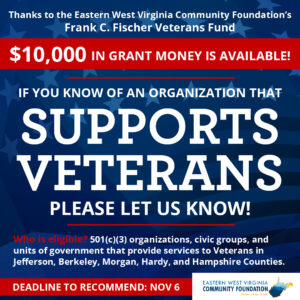 Money, mortality, and family relationships. Each of those topics alone can be tough for anyone to address head on, and when you combine them, it’s no wonder so many people put off setting up or updating their estate plans. Establishing a will, trust, and beneficiary designations forces a person to confront decisions about the ultimate division of their assets, and many people think estate planning is more expensive or more of a hassle than it really is.
Money, mortality, and family relationships. Each of those topics alone can be tough for anyone to address head on, and when you combine them, it’s no wonder so many people put off setting up or updating their estate plans. Establishing a will, trust, and beneficiary designations forces a person to confront decisions about the ultimate division of their assets, and many people think estate planning is more expensive or more of a hassle than it really is.
Helping your clients get their affairs in order–well before they need to due to age or illness–is truly a gift to them and their heirs. It’s extremely stressful for surviving spouses, children, and other loved ones to be faced with the emotional stress and workload of financial disorganization and uncertainty, on top of dealing with grief. Updating estate plans also allows clients to make arrangements for gifts upon their death to their favorite charities.
Many people choose to support their favorite charities in an estate plan through a beneficiary designation. As you work with your clients, be sure to review the beneficiary designations on insurance policies and retirement plans. Pay close attention to tax-deferred retirement plans such as 401(k)s and IRAs. Typically, individuals will name their spouse as the primary beneficiary of these accounts to provide income following your death and to comply with legal requirements. But as you and your clients evaluate whom to name as a secondary beneficiary of these tax-deferred accounts, don’t automatically default to naming the children or a revocable trust. You and your clients may determine that naming a charity, such as a fund at the community foundation, is by far the most tax-efficient, streamlined way to make gifts to your favorite causes upon your death and establish a philanthropic legacy. A bequest like this avoids not only estate tax, but also income tax on the retirement plan distributions.
Please reach out to the team at the community foundation as you work with your clients on their estate plans. We can:
–Review the many tax benefits of naming a fund established by your clients at the community foundation as a beneficiary of their IRA or other tax-deferred retirement account
–Provide bequest language for your clients’ wills or trusts, properly describing their fund using the correct legal terms
–Provide language for a beneficiary designation, again properly describing your clients’ funds using the correct legal terms
–Work with you and your clients to update the terms of their donor-advised fund so that their wishes are carried out following their death, whether that is naming specific charities to receive distributions or naming children as successor advisors to the fund
We’ve all heard stories about the sad consequences of someone not having an estate plan, or even having out-of-date beneficiary designations. Estate planning documents, including wills, trusts, and beneficiary designations, often turn out to represent generous acts of clear distribution and conflict avoidance. An estate plan allows your clients to demonstrate how much they care about the people in their lives as well as their charitable passions.


